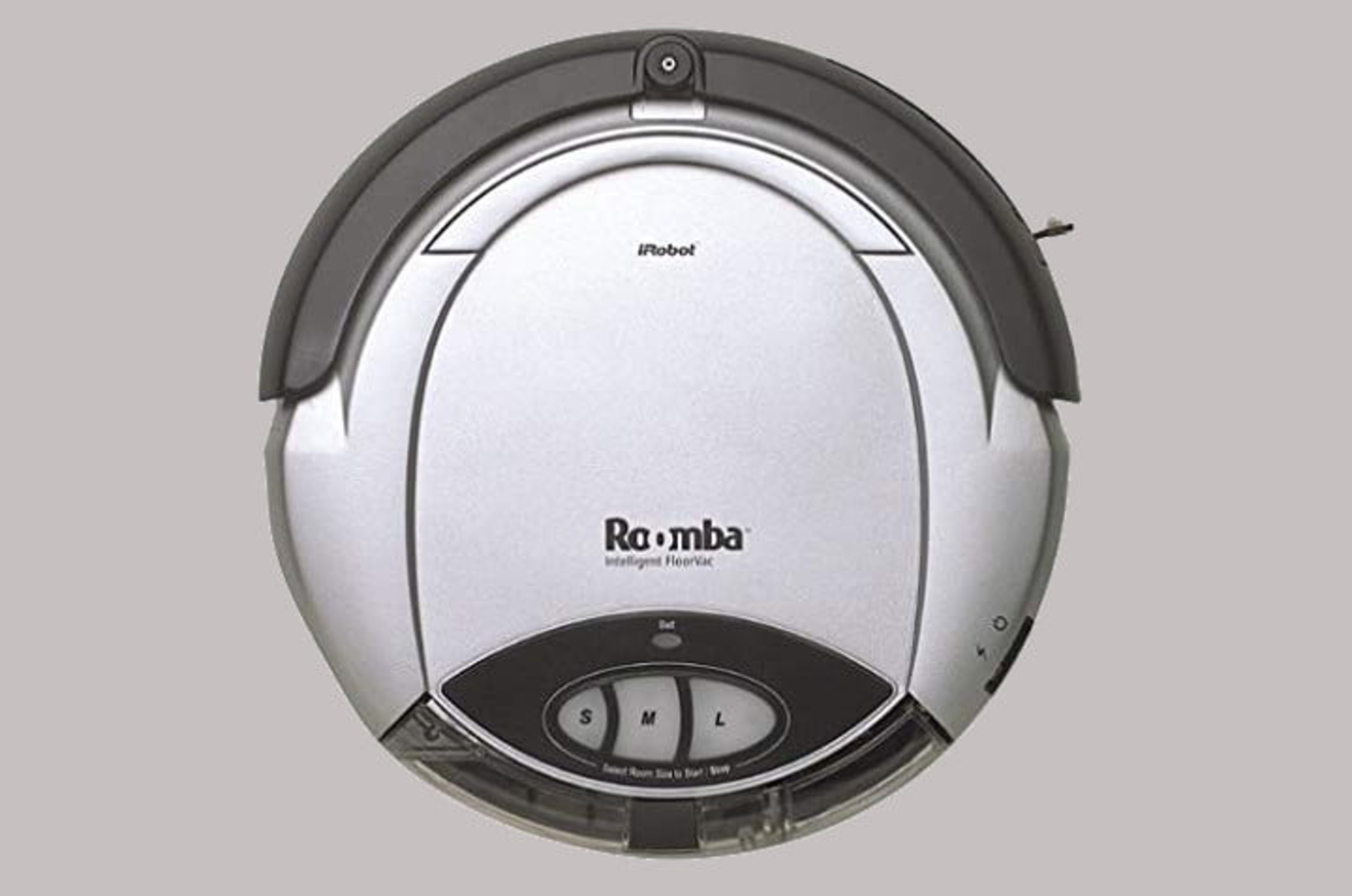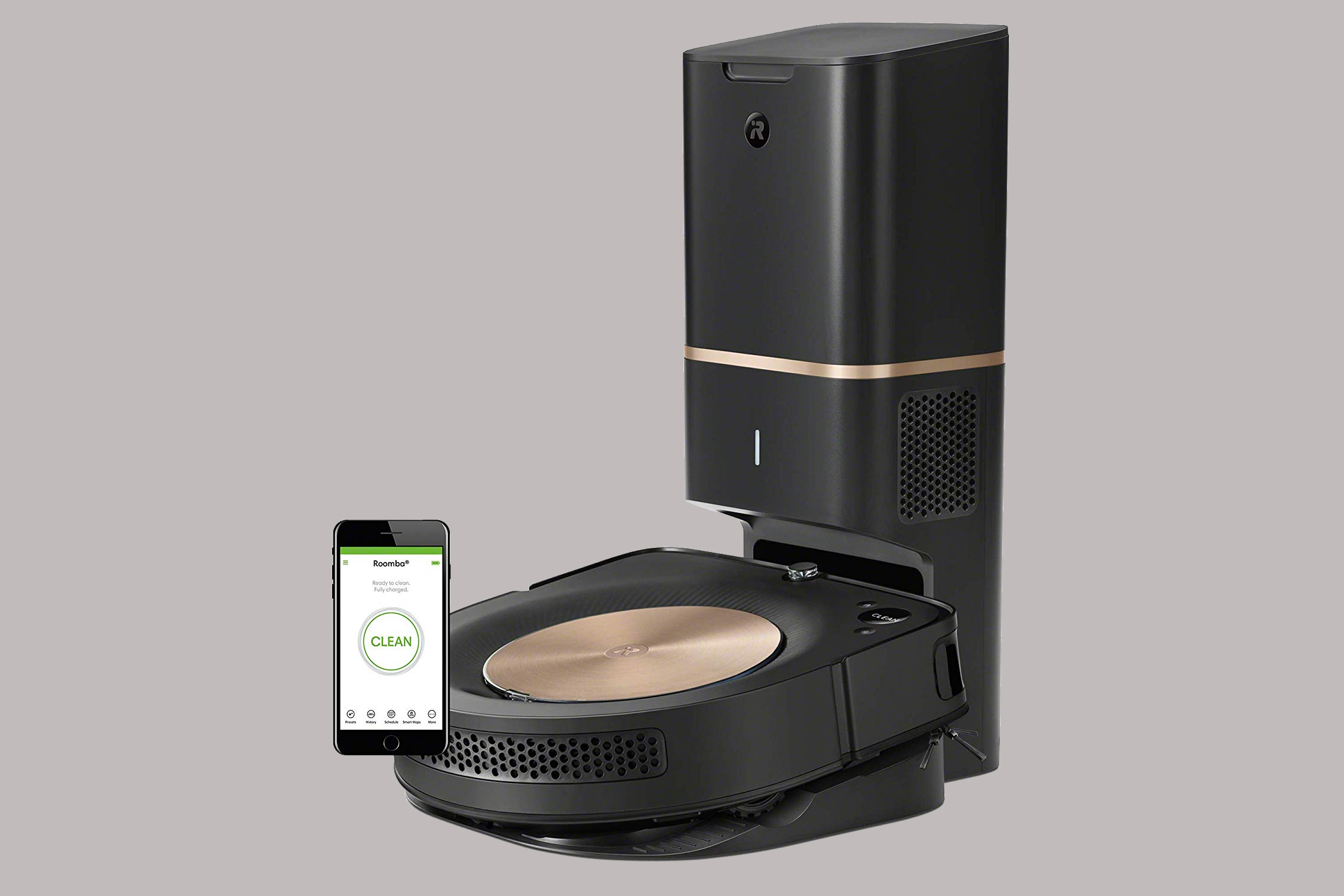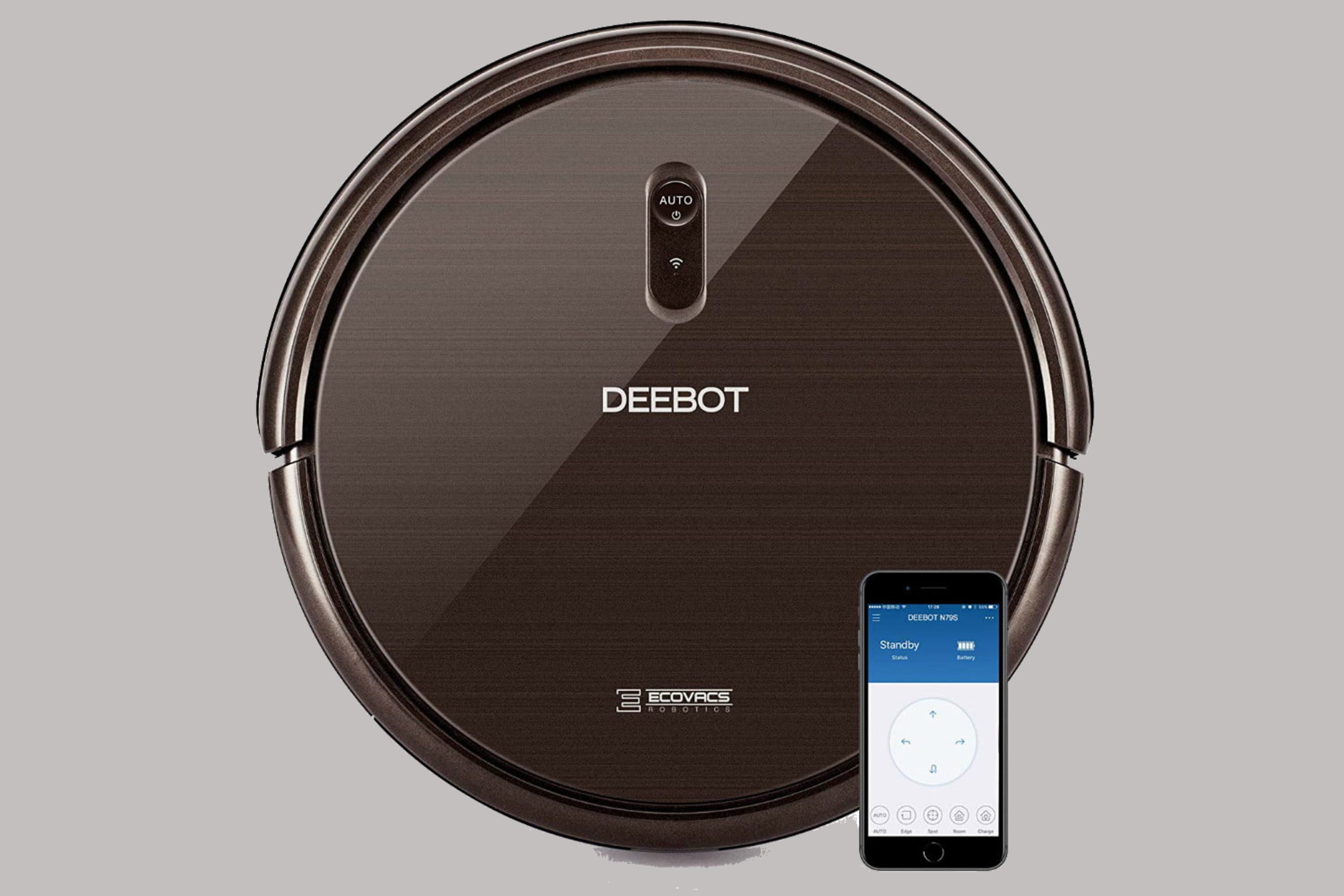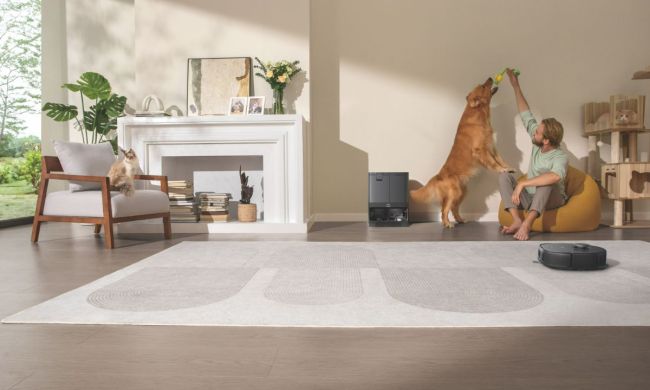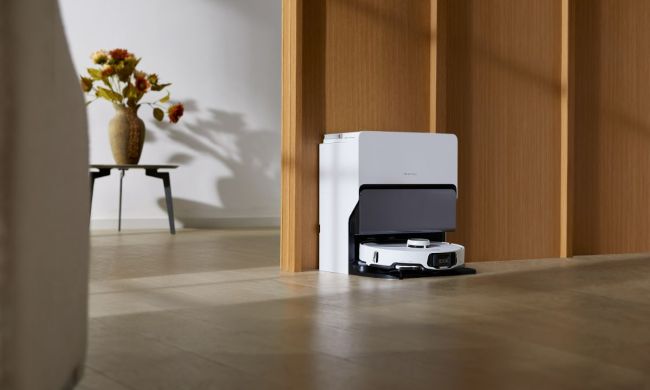What would we do without our robotic vacuum cleaners? That may seem a uniquely first-world question, but global sales are booming for the self-guided, automated floor-cleaning machines. Speaking at a tech event in Beijing in November 2016, iRobot CEO Colin Angle estimated robot vacuums accounted for 20% of the vacuum cleaners in the world, according to Robotics Business Review.
In the three years since Angle’s statement, iRobot, Ecovacs, Neato, Shark, and other leading brands have continued to introduce new models. Manufacturers’ models range from less expensive entry-level machines to high-end vacs. The Roomba s9+, iRobot’s latest model, for example, empties its dust bin and goes back to work where it left off after automatically recharging without any human intervention.
Affordable pricing broadens adoption
Robotic vacuums may cost less than you think. There are plenty of robot vacuums from major brands that cost less than $300. If you shop for deals, you’ll find excellent entry-level models for less than $200, especially during major sales events such as Amazon Prime Day and Black Friday. At the other end of the price spectrum, the most feature-rich models can top $1,000. The Roomba s9+, for example, lists for $1,400.
One interesting aspect of robot vacuums is that prices began low. While not the first company to launch a robot vacuum cleaner — Electrolux and Dyson had earlier entries – iRobot introduced the first successful home model. According to an iRobot press release at the time, Brookstone, The Sharper Image, and Hammacher Schlemmer began selling the Roomba Intelligent FloorVac online in 2002 for $just 200.
Heading into the fall, the busiest retail season of the year, the addition of new robot vacuum models and aggressive price competition will continue to add to the numbers of households with the handy cleaning assistants. Robot vacuums aren’t as common as microwave ovens yet, but give them a few years.
Speaking from experience, I can attest that once you bring a robot vacuum cleaner into your home, you won’t want to live without one. In addition to the time-saving convenience of automated floor cleaning, you may also find that a robot vacuum adds drama — and possibly even a little suspense — to your life. That’s what happened to us.
Welcome Deebot
During Black Friday sales last year, I bought my wife and myself an Alexa-compatible Ecovacs Deebot N79S robot vacuum as a Christmas gift. It was mostly for me since I’m the one who does most of the vacuuming while Marge does just about everything else inside the house.

So, we’ve been using the Deebot to vacuum our floors roughly once a week since last December. We are extremely pleased with the robot vacuum’s ability to clean carpeting and hard floors. If it would crawl up walls and get spider webs and the occasional spider, it would be perfect. Our dog doesn’t even mind it.
No more putting off chore
When it was my job to vacuum the house, I found it much too easy to put off cleaning because ofwork deadlines, entertainment opportunities, or even other household chores that were more interesting. Now, if I chose to, I could schedule cleaning with the Deebot N79S using the remote or the mobile app. We don’t use the scheduling feature because our calendar is irregular.
Rather than automating the robot vac’s schedule, I remember (or am reminded) to push the Auto button on the Deebot’s remote control every few days. The Deebot gets to work and keeps on going till it either runs low on battery power or gets hung up on hidden cables (see below). When the robot vac is nearly out of juice, it almost always makes it back to the charging dock on its own to recharge.
Hard-to-reach places
The Deebot N79S is about 3-inches high and doesn’t hesitate to roll under beds, couches, chairs, and other furniture as it cleans. When I did the vacuuming, I did a decent job overall, but only hit areas under furniture once or twice a year, if that often.
It also turned out that our home had many Deebot traps. The unseen areas under furniture were loaded with network wires, extension cords, and audio cables. The robot vacuum even helped me discover cables I no longer use but never bothered to remove.
Spot cleaning
Inexplicable stains seem to appear by magic in the carpeted rooms in our home. The Deebot N79S has a spot-cleaning mode in which it makes a tight circle for several minutes in one spot. I’ve used this mode on mysterious spots with mostly good results. Other times I’ve sprayed or rubbed the spots with a carpet-cleaning solution, waited until it dried, and then put the Deebot to work in spot-cleaning mode. This unexpected cleaning help has been a nice bonus.

Noises in the night and water trails
We have been surprised and pleased to discover our robot vacuum also has entertainment value.
Sometime last spring, our robot vacuum was accidentally programmed (probably by me) to do a scheduled cleaning at 1 a.m. each morning. We discovered the nighttime activity when the vac brushed by spring-loaded door stops and the twanging noise woke us up.
More recently, the Deebot tried to operate way above its pay grade by vacuuming up water from an unexpected leak.
In preparation for new flooring in our house, installers removed the stove and dishwasher from the kitchen. The first night after we washed the dishes by hand, we put the Deebot to work cleaning up the dust and dirt from the flooring work — until I noticed it was leaving a trail of water.

It turned out that when the floor installers removed the dishwasher, they did not plug the drainage tube from the dishwasher to the disposal. The water we used to wash the dishes ended up on the floor and the vacuum sucked up most of it. Vacuuming liquids is not part of the robot’s job description, and as the Deebot continued through the house, water dripped out.
When we realized what had happened, I carried the robot vac out to the front yard, emptied the dust bin of water, and then took apart and dried everything I could. After letting the parts air dry that night, I put the Deebot back together and it worked perfectly.
Precious time given back
So, for us, the robot vacuum Christmas present has been a huge success. Our house is cleaned more regularly and more thoroughly than before. And now that the Deebot does the vacuuming, I have more time and less guilt. The added amusement and minor drama we’ve experienced with the robotic vacuum cleaner are just bonuses.
Perhaps the biggest win for me came when a friend asked my wife how she liked the robot vacuum. Her answer: “The best Christmas gift ever!”
